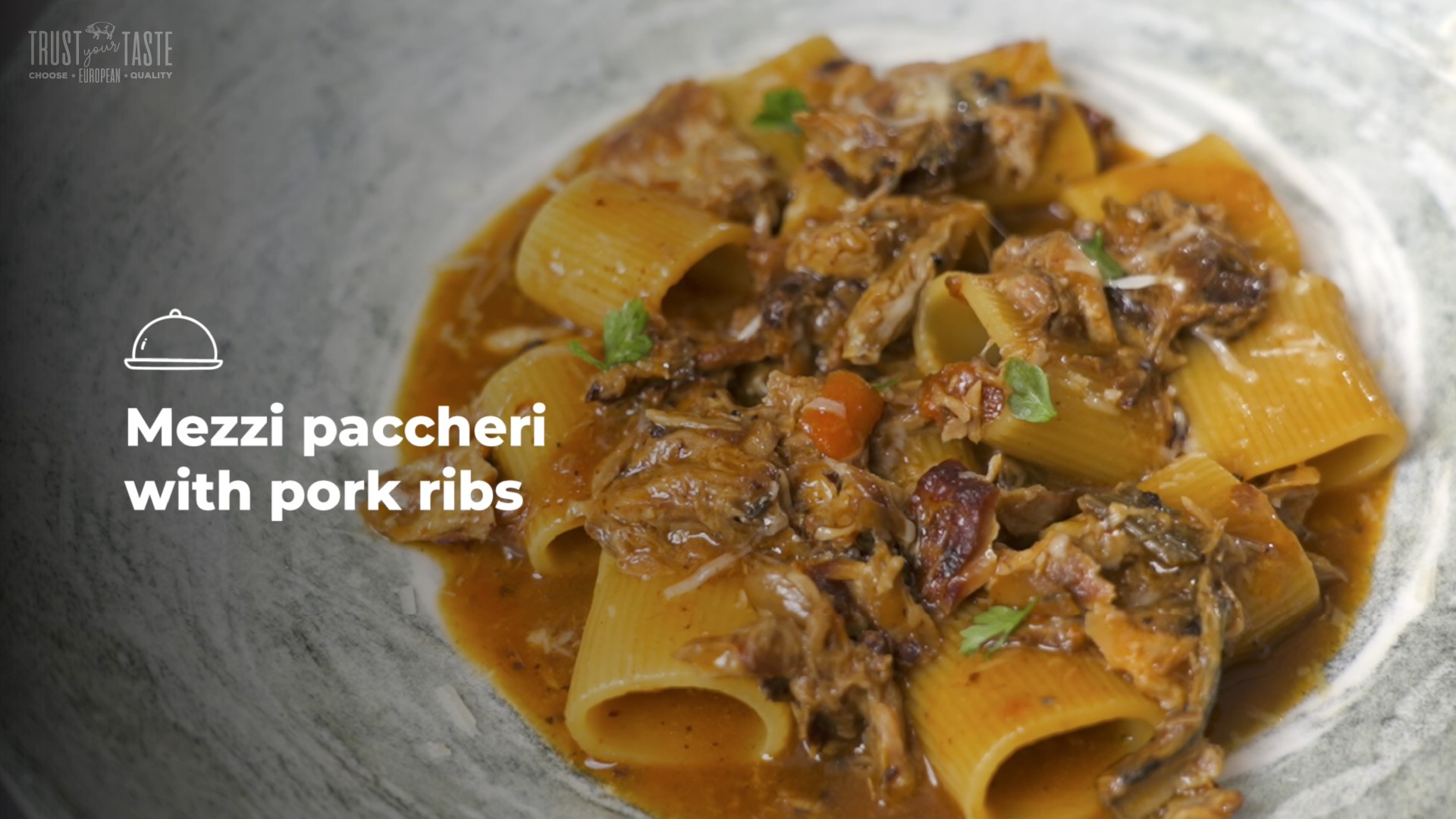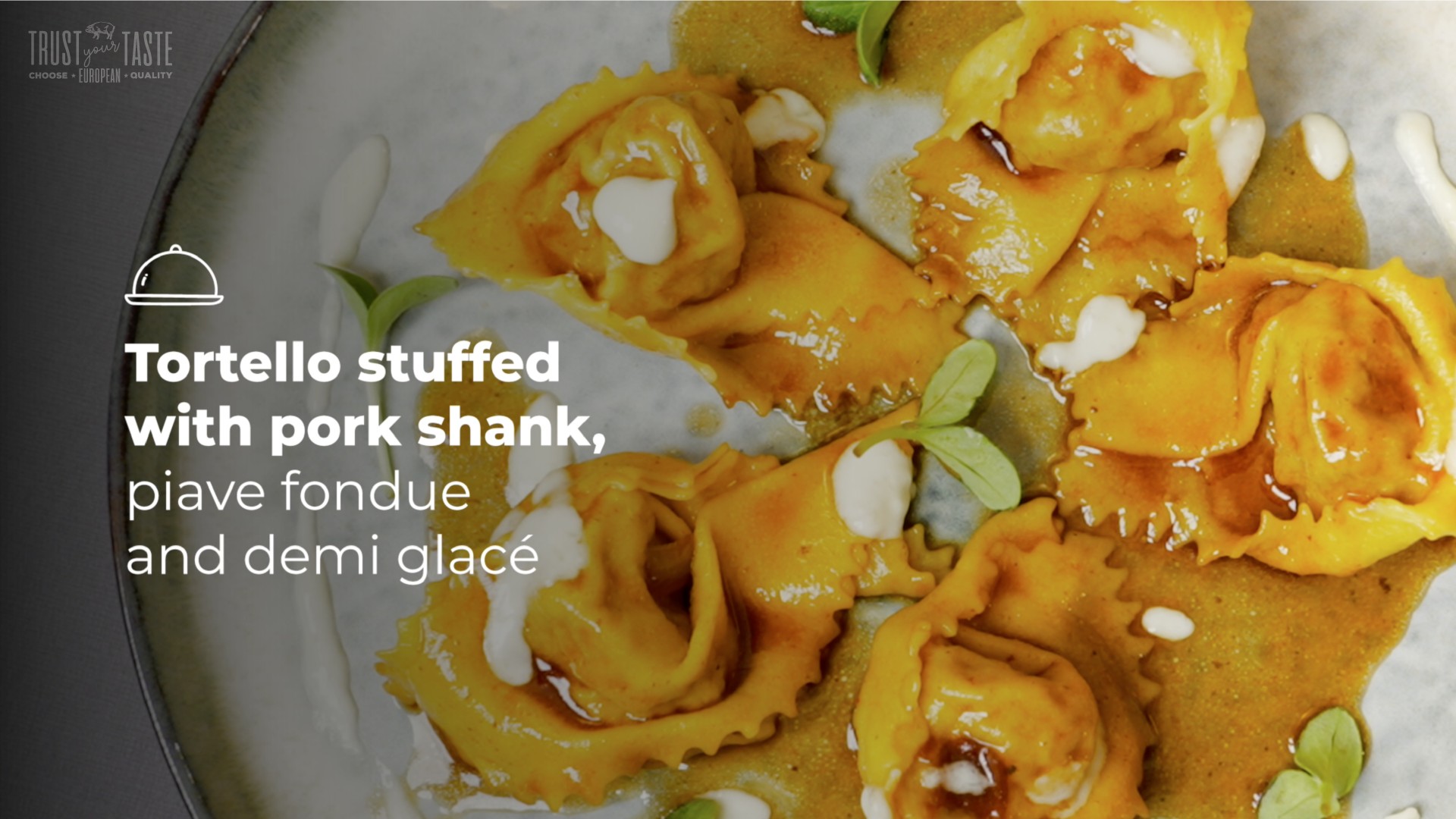
THE PERFECT ROAST DEPENDS ON THE CUT
It is the iconic Sunday family dish, ideal for this autumn season: his majesty, the roast! Beef, veal, lamb but above all pork, the common denominator of this evergreen dish is the cooking technique, characterised by an initial browning of the meat over high heat followed by cooking at a constant temperature.
The golden rule for the perfect roast, however, is to choose the right cut of meat: we always suggest relying on the advice of your trusted butcher, but you need to know how to orient yourself. In the case of pork, the most suitable cuts are loin, loin and leg.
The loin is the central part of the pig’s torso. When it is complete (Carrè Modena), it includes that part from the fourth rib to the beginning of the tail. The meat is soft and firm, with little fat inside but a good amount of fat on the surface, making it ideal for a delicious roast. Various cuts are made from the loin, including the loin, which is a long, rectangle-like bundle of muscle. Since it is devoid of bones and surface fat, the loin is a rather lean cut, so it is best to add milk or stock when cooking to keep the meat soft. The leg (or cosciotto), on the other hand, is clearly the upper part of the hind limb. Processed and cured it is used for the production of hams, while fresh it is particularly suitable for tender and juicy roasts.
Once the ideal piece has been chosen, the bulk is done. But to obtain a perfect roast, in addition to following the specific recipe (preferably grandma’s 😉), it is good to follow these 5 ‘universal tips’:
Prepare the meat the day before, flavouring it with herbs, spices and brushing it with oil and garlic to taste. It is better to avoid salting and peppering beforehand. The meat should then be left to marinate overnight in the refrigerator and removed at least 60 minutes before starting to prepare the roast (even a couple of hours earlier if the piece is very large) so that the meat reaches room temperature.
Before placing the meat in the oven, brown it at a high temperature, on all sides and without piercing it.
Measure the internal temperature of the meat to know when it is cooked through! A meat thermometer is an instrument that should never be missing in the kitchen, as temperature control is essential for a good roast. In the case of pork, the meat must be well done: by inserting the probe into the centre of the roast, the temperature should be between 75° and 85°.
Season with the cooking juices. To make a good one, strain the roast juices through a sieve, dissolve a tablespoon of cornstarch in a glass of vegetable stock and then add the mixture to the strained juices. Then cook over low heat, stirring continuously, until the desired density is reached.
Watch out for the cut! The meaning of the term changes, but not the importance: in order not to spoil the roast right at the end, it is necessary to pay attention to the way it is cut. The meat should always be sliced perpendicular to the fibres, so it will be tender and appetising.





